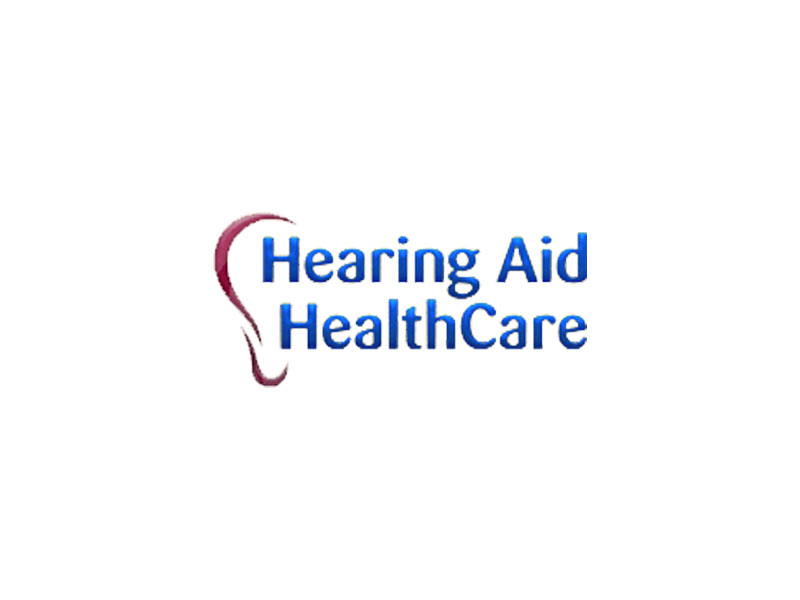America has a strong history of gun usage, based to some extent on the movies and TV we grew up with, which showed us pictures of policemen and cowboys shooting guns pretty much all the time. These images appear to have created a lasting impression, because millions of people still enjoy firing guns, either at firing ranges or while hunting. But what the television programs and movies didn’t show was that anyone shooting guns often probably spent the final years of their lives deaf, or troubled with significant hearing impairments.
Guns are loud, and noise-induced hearing loss (NIHL) is a very real concern, one of the most frequent causes of hearing problems in the US. The damage done to the ears by loud sounds has two main types – damage caused by sustained high noise levels (e.g. heavy machinery sounds) and damage caused by transient high noise levels (e.g. gunfire or explosions).
Sound levels are measured on the decibel scale. Zero decibels is total silence. A library is around 40 decibels. A typical conversation is around 50 to 60 decibels. Note that the decibel scale is a log scale. A value of 50 is twice as loud as 40, and 60 is four times as loud as 40. Long term hearing loss due to noise-induced hearing loss can arise from extended exposure to sounds over 90 decibels in just a month or so. Comparable damage can occur much faster at higher decibel levels. It only takes a couple of minutes of noises at 120 decibels, for example from a rock concert, to result in long-term damage. Gunshots measure a whopping 140 decibels – four times louder than the jet engine and 128 times louder than normal conversation.
No matter how they may feel about guns, there is one subject on which gun enthusiasts and hearing specialists agree – no one should be firing guns without using hearing protection. What variety of ear protection is most effective will depend somewhat on where you are shooting.
With regard to outdoor or indoor firing ranges, a “muff” type headphone that fits over the ear is favored. The muff-type headphone has the ability to protect your inner ear as well as the cochlear bones from the gunfire sounds. The muff can be easily combined with foam ear plugs for added protection. Many range shooters will choose in-the-ear foam plugs with a Noise Reduction Rating (NRR) of 30 or higher to use with their muffs. The most effective protection – which is also the highest priced – is offered by headphones with electronic noise-cancelling technology. These headphones block the gun sounds while permitting you to hear normal conversations.
If you’re a shooter, talk to your hearing care expert and ask them what form of ear protection they suggest. Then follow the recommendations they give, while you can still hear them saying it.
